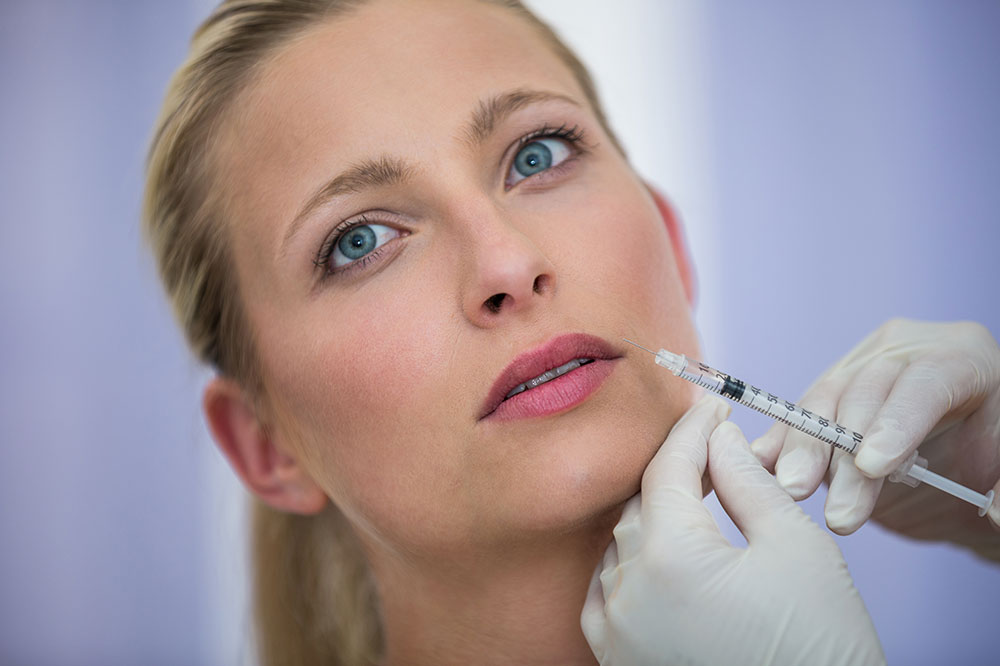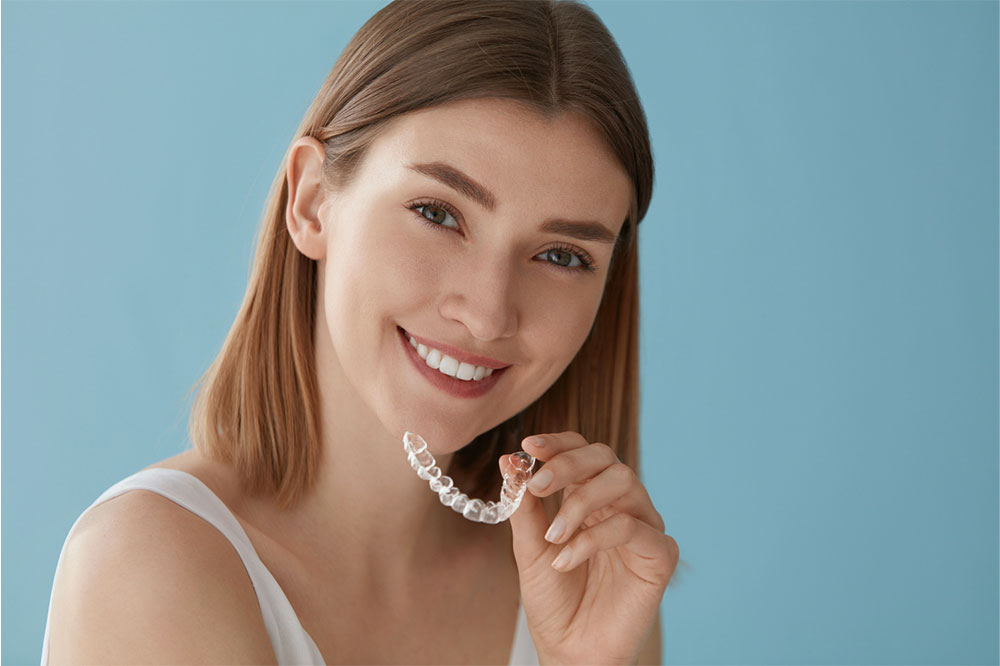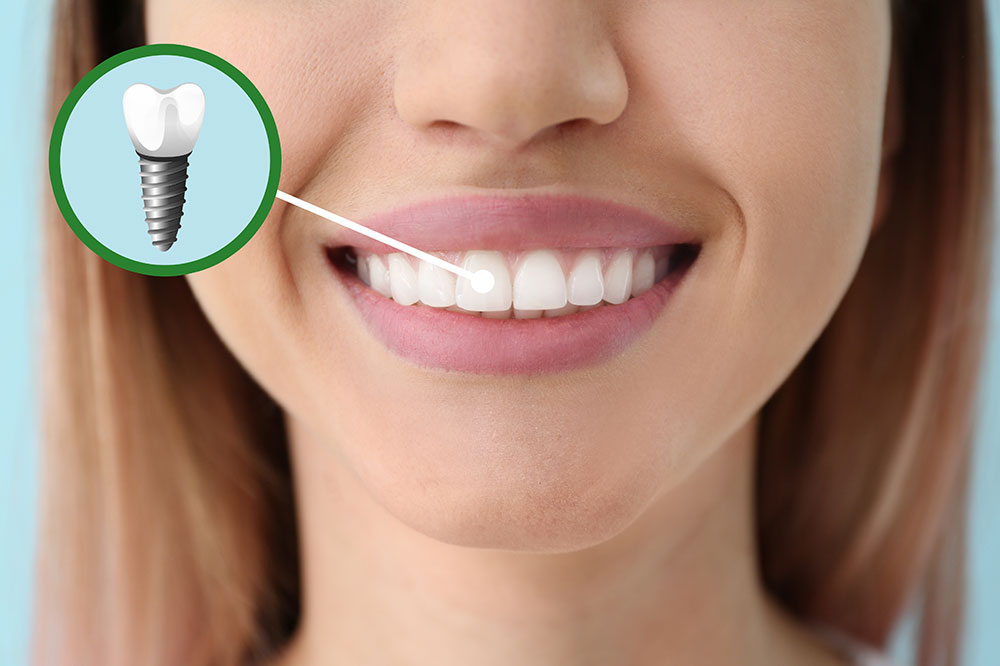Difference Between Botox and Juvéderm

With the aging process comes a boatload of physical changes like wrinkles, crow’s feet, and lines in the skin that are often unavoidable. There are creams and other cosmetics to reduce these visible aging signs. But today, people have resorted to solutions like Botox and Juvéderm, two popular non-invasive methods in cosmetic treatment. While the same company manufactures them, both have varied purposes for signs of aging. Here are insights on both to help individuals make the right choice.
Understanding Botox and Juvéderm
The first step in choosing between Botox and Juvéderm is to understand each of their purposes.
Botox contains a substance called botulinum toxin A. It is known to help relax the muscles and make them still in the face. The result? An individual’s skin appears smoother, while the wrinkles around the treated region are significantly less visible. This procedure is primarily preferred for its ability to reduce the appearance of wrinkles on the face. It may also be recommended to treat conditions like neck spasms (cervical dystonia), an overactive bladder, lazy eye, and excessive sweating (hyperhidrosis).
While it may seem similar to Botox, Juvéderm serves a different purpose. Hyaluronic acid is an active ingredient found in the human body and stimulates the production of connective tissues, which can buff the skin (collagen). But the acid and collagen production decreases as an individual gets older and leads to sagging and wrinkling of the skin. Juvéderm is a hyaluronic acid-based dermal filler, preferred to address such facial signs of aging. The treatment works by adding volume to the facial tissues with the help of hyaluronic acid.
Procedure and duration
The procedure for both Botox and Juvéderm are carried out by a trained healthcare professional.
Botox treatment is administered in a doctor’s office, who uses a thin needle to introduce small amounts of botulinum toxin A into the muscles or skin. The number of times this can be done is based on several factors, including the extent of the treatment regions. Overall, the procedure should take a few minutes or more based on the number of applications. One should ensure they do not rub or massage the treated area for about 24 hours or as directed by the doctor following the procedure. Doing so may result in the chemical of the substance spreading to other regions.
The procedure for Juvéderm treatments may take about 15 minutes or about an hour based on the number of times it is needed. The healthcare professional conducting the procedure marks the areas to be treated, and then inserts the hyaluronic acid-based dermal filler. The professional will also massage the region to ensure the solution is evenly distributed and to prevent potential swelling.
Results and effectiveness
The results of a Botox treatment usually begin to work between one to three days after the procedure. And based on the condition being treated, the procedure may seem to have promising results for up to three months or longer. Those who wish to continue seeing similar results will require follow-up sessions based on a schedule set by the healthcare provider.
According to the manufacturer of Juvéderm, the results are noticed quicker as it uses a gel-based formula. The duration of its effects may differ from one person to the next. One may find long-term results between one to two years following a procedure. Moreover, the extent of its results will also vary based on the formula of Juvéderm used during the treatment.
Suitable candidates
Botox and Juvéderm are approved by the FDA. They are also recommended for candidates as long as the person is in good overall health. However, the procedures are not recommended for pregnant women or those under the age of 18. Juvéderm is intended for adults but not to treat underlying health conditions. Moreover, one should not use the cosmetic option if they are allergic to hyaluronic acid or lidocaine. As for Botox, one must be above 18 years of age and below 65 to qualify for the cosmetic treatments. One should also refrain from the treatment if they have had reactions to botulinum toxin A from other conditions in the past, such as Dysport. An individual may also be ineligible for the treatment if they have thick patches on their skin where treatment is required or other skin disorders.
Cost
The cost of Botox and Juvéderm will depend on multiple factors, including the area of skin treated and the number of times it is required. Other deciding factors include the frequency of follow-ups of the procedure required. The location might also be a contributing factor in determining the cost of treatment. One should also remember that cosmetic treatment options are not covered by insurance. So learning the estimated cost before the procedure is helpful in working out a payment plan.
The Botox procedure is significantly less expensive as compared to Juvéderm. These last for short periods and are charged per unit used. So if an individual requires more than one application to their forehead or other regions, they might be charged for each undertaking individually. Some clinics charge clients about $13 per unit, while others charge about $22 or higher. Individuals may also have to pay an average total cost of about $550 based on the city and the reputation of the clinic.
Juvéderm procedures have longer-lasting effects and therefore cost more. One could expect to pay about $600 and higher for each application. Furthermore, the total cost of treatment will differ based on the formula and area of the skin being treated. For example, clinics may charge about $550 per smile line treatment.
Risks
As the treatments are non-invasive, they do not carry the risk of side effects that come with surgeries. However, some risks may stem from the procedures. Therefore, one must speak to a healthcare professional about the best option for them and the potential risks before making a decision.






